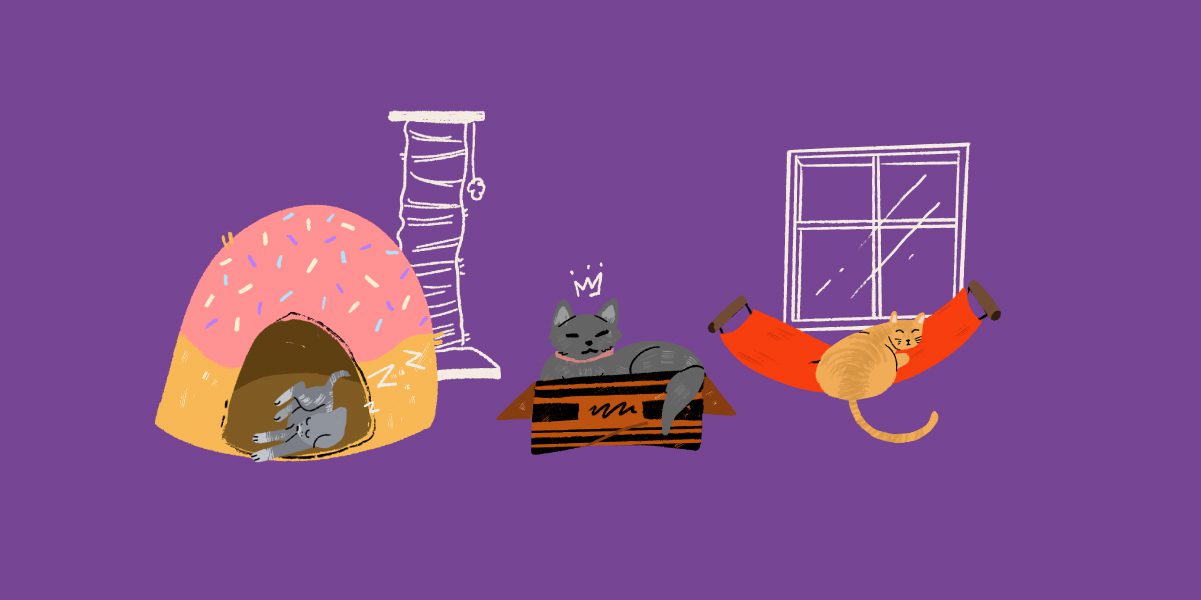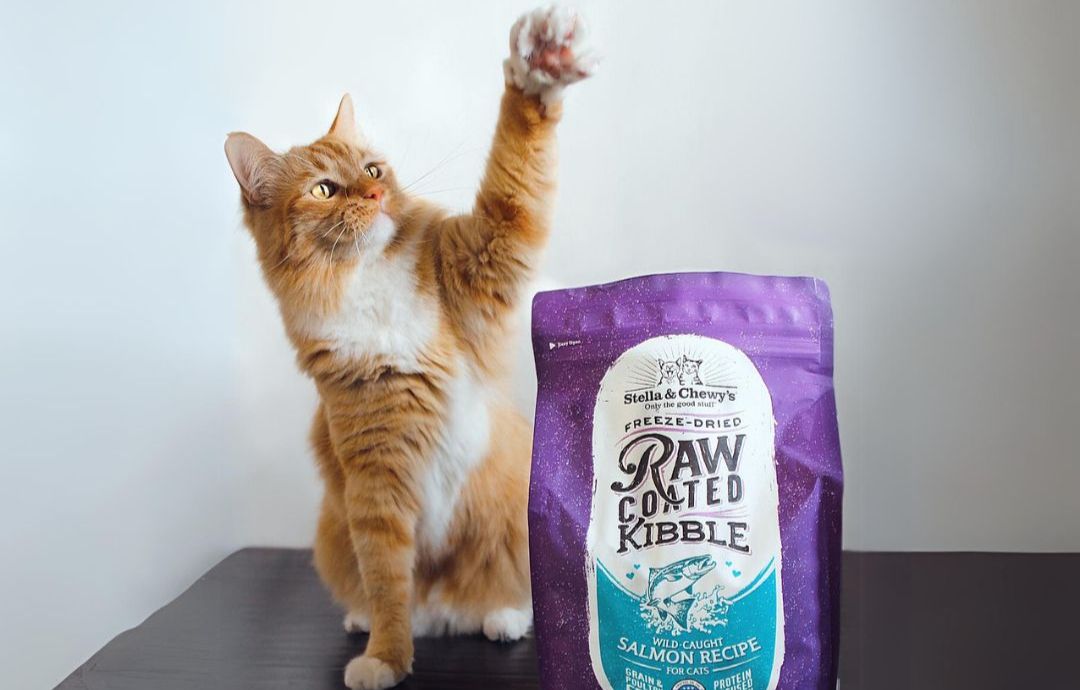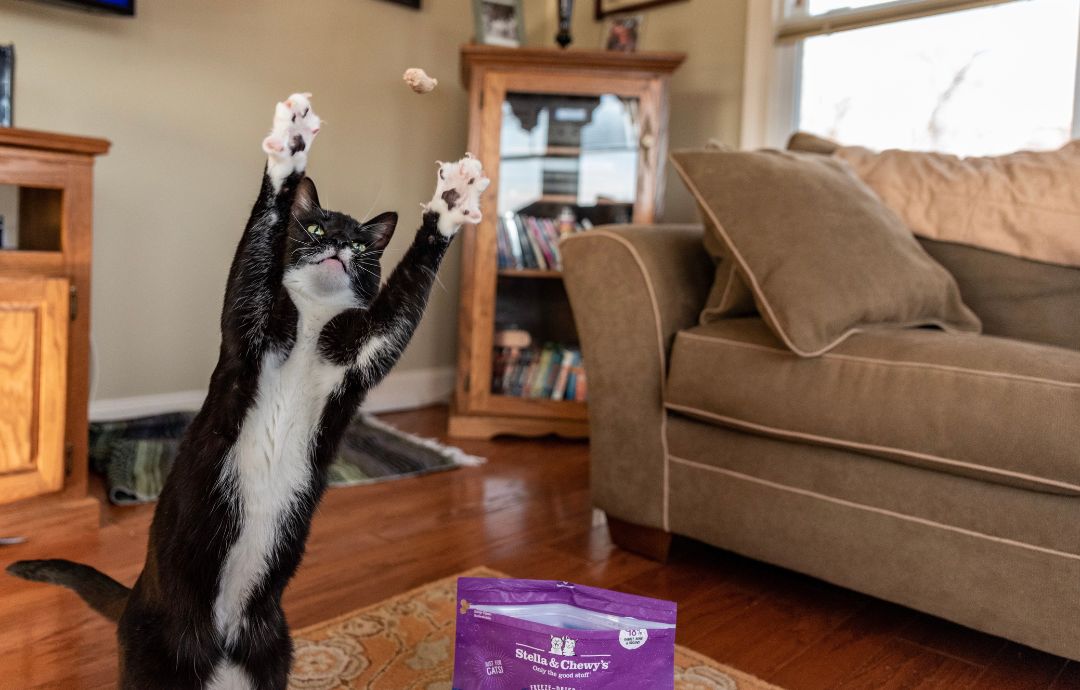
Cats have excellent night vision, which is the ability to see in low-light conditions, but they can’t see in complete darkness. Cats can see in light levels six times lower than people can, and they also have more acute hearing and smell, all of which let them navigate and hunt effectively in what we would consider darkness.
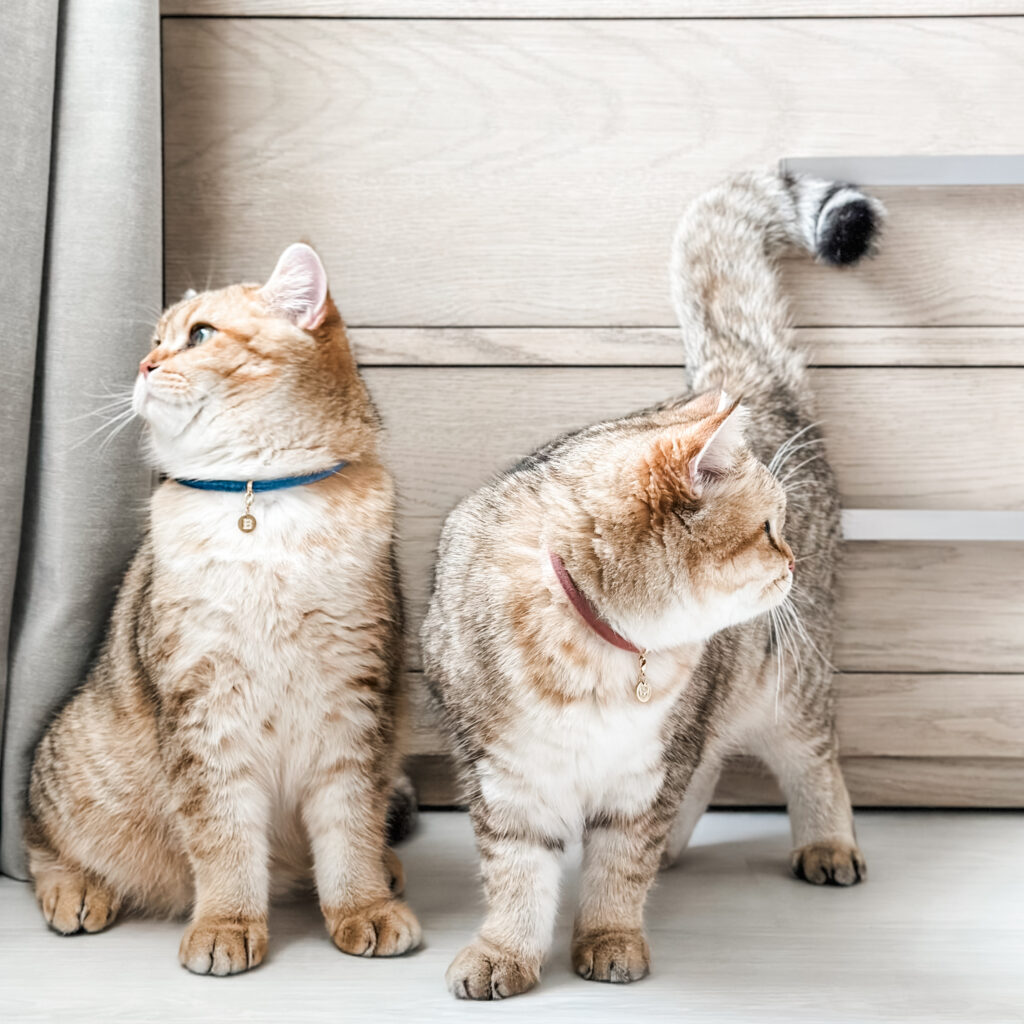
Should You Leave a Light on for Your Cat at Night?
There’s no need to leave a night light on for your cat, because there’s always some ambient light from streetlights or moonlight coming through windows, plus the glow from digital clocks and LEDs on appliances. That’s enough light for your cat to move around the house and find their litter box at night. In fact, leaving a night light on can encourage your cat to be more active at night and might disrupt their circadian rhythm.

Why Cats Can See So Well in the Dark
Cats’ eyes have a unique structure that evolved for hunting in low-light conditions. Cats are crepuscular, which means they’re most active at dawn and dusk (just like mice, rats, rabbits and many other animals). Some cats are most active at night if that’s when their prey is easiest to find.
Compared to us, cats’ eyes have fewer cones and more rods. Cones are for seeing color and detail, while rods are for detecting light and motion. Cats’ eyes also have bigger corneas and wider pupils that let more light in.
So cats see fewer colors than we do and are more near-sighted than humans, but their ability to see in very low light is much better. Cats have a wide field of view (200 degrees, compared to 180 for humans) which gives them better peripheral vision. Combined with more rods, this makes cats exceptionally good at detecting subtle movements.
Behind a cat’s retina (light-sensitive tissue on the back inner wall of the eye) is a reflective layer called the tapetum lucidum, which acts like a mirror. Light reflected back through the retina gives them a second chance to capture more photons – another vision advantage when there’s not much light. This special reflective layer is also why your cat’s eyes appear to ‘glow’ in the dark or a flash photo.

Can Cats of All Ages See in the Dark?
A kitten’s eyesight is fully developed at around five weeks of age. From that point on they can see in the dark as well as an adult cat. There are some age-related changes that can affect a senior cat’s vision, including night vision, but the effects of aging are different for each cat (just like us!). Your senior cat may see just as well in the dark as they ever did.
What a Cat’s Night Vision Looks Like
We can’t know for sure what a cat’s night vision looks like, but we can get a pretty good idea by thinking about the different aspects of vision enabled by their eye structure. During the day, cats see in color but not nearly as vividly as we do, and mainly in blue and yellow tones. At night, a cat sees mostly in shades of gray.
In the dark, cats can easily detect small movements and subtle changes in light. Things that move appear the most clearly, while objects in the background are likely less clear and detailed (which makes perfect sense for hunting). This Popular Science article includes visualizations from artist Nickolay Lamm, who consulted with veterinary ophthalmologists to create side-by-side views of different scenes through a human’s eyes and a cat’s eyes.
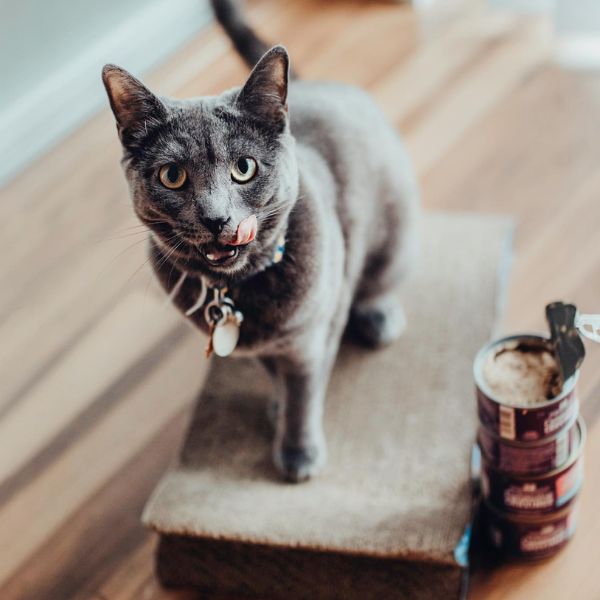
Do Cats See Better in the Dark or Light?
Cats’ eyes are optimized for low light conditions, so they see best in dim light or in what we would consider darkness. But in bright light, a cat’s vision isn’t as crisp and detailed as ours because their eyes are so sensitive to light and motion.
Who Sees Better in the Dark – Dogs or Cats?
Cats have much better night vision than dogs (and dogs have better night vision than people). Like cats, a dog’s pupils can dilate wider than a human’s, and they have more rods in their eyes compared to us. But cats’ eyes are still much better at seeing in the dark compared to dogs.
Nutrition for Your Cat’s Eyes & Vision
There are several nutrients and antioxidants crucial for supporting eye health and vision in cats:
- Taurine & arginine (amino acids)
- Omega-3 fatty acids
- Vitamin A
- Vitamin C
- Zinc
- Lutein & zeaxanthin (carotenoids)
Carotenoids are pigments that give fruits and vegetables a yellow, orange or red color, and some can be converted into vitamin A when we digest them. Unlike us, cats can’t convert beta carotene from plants into vitamin A – they need to get it from animal sources. It’s important to feed your cat a diet formulated specifically for cats, with the complete and balanced nutrition they need for their eyes and overall health!
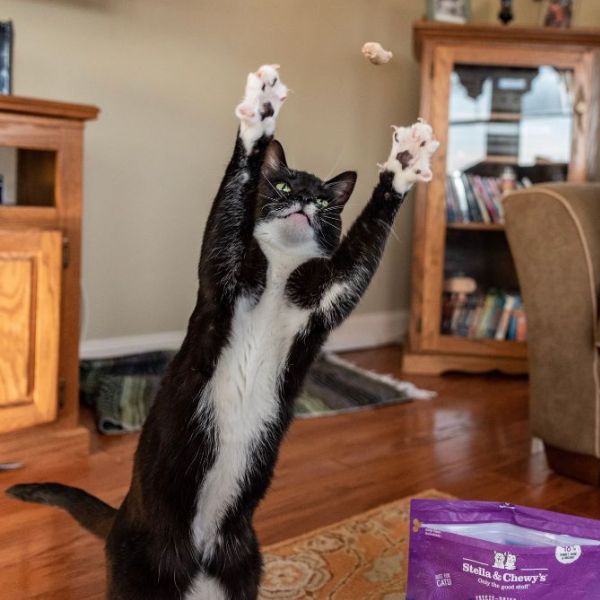
Ways to Provide Visual Stimulation for Your Cat
Cats need enrichment, including visual stimulation, to maintain a good quality of life and keep their senses sharp. Cats in the wild get more variety of visual stimulation than indoor cats, but there are plenty of ways to provide stimulating engagement for your cat’s remarkable eyes:
- Install a window perch or catio, ideally with a view of a bird feeder, bird bath or other animal activity.
- Add cat trees or perches in your home to give your cat a high vantage point and new perspective.
- Play with your cat using a flirt pole and other toys that simulate prey and engage their reflexes (there are also automated interactive cat toys).
- Try some screentime for your cat. Research has shown moving images can be enriching for cats. Choose something appropriate like a virtual aquarium or nature show with birds, fish or small animals (YouTube has plenty of cat TV options).
- Some cats enjoy sensory videos made for babies and toddlers, which are designed to provide visual stimulation.
You might need to adjust the brightness on your screen so it’s more comfortable for your cat’s eyes (remember, their eyes are much more sensitive to light than ours). Each cat is unique, so experiment with different types of videos to find out what your cat responds to. Cat TV can also help alleviate boredom if your cat is left alone, and sensory videos can be played during stressful situations to help manage your cat’s anxiety (as long as they’re not overstimulated). Being a cat parent can be fascinating! Keep reading to learn how cats communicate with body language and vocalizations including meowing and purring.
GET $3 OFF, INSIDER OFFERS, AND HELPFUL PET CARE TIPS.
By entering your information, you are opting in to receive communication from Stella & Chewy's


